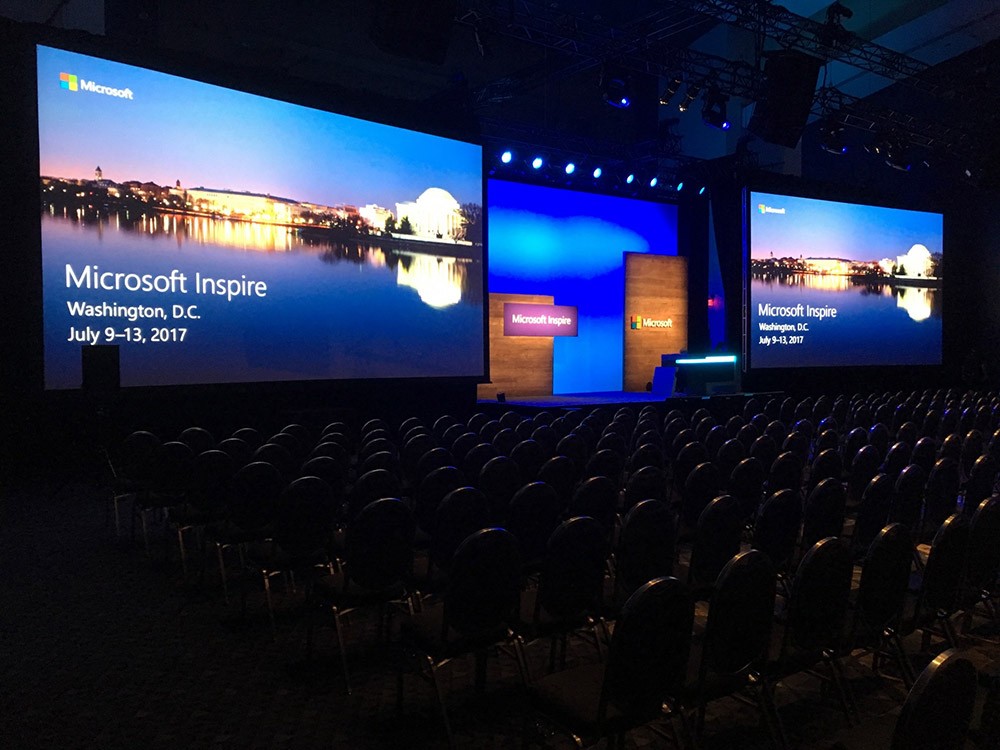The first step in guaranteeing color precision is comprehending how LED systems works. LEDs, or light-producing diodes, produce light in various colors by combining red, green, and blue (RGB) light. Each dot on an LED screen consists of these three hues. When calibrated correctly, the combination of RGB can create a wide range of colors. However, if one color is too bright or too dim, it can throw off the whole screen. This is why calibration is needed to equalize the colors and achieve the intended graphic result.
Tuning involves adjusting the configurations of the LED screen to ensure that the hues shown correspond the initial content as nearby as feasible. This process usually involves using specific software and hardware tools. Technicians frequently use color measurement devices, such as spectrophotometers, to analyze the hues being displayed. why not try this out By comparing the assessed colors to benchmark color standards, they can make precise modifications. This ensures that the hues are not only lively but also consistent across the whole screen.
Another crucial factor of color accuracy is comprehending the environment in which the LED wall is employed. Factors such as surrounding light can considerably impact how colors look. For instance, a brightly illuminated room may wash out colors, making them look not as vibrant. To mitigate this, technicians may adjust the luminosity and differentiation settings of the LED screen. Additionally, they may choose particular color profiles that are more suited for various lighting conditions. This adaptability helps preserve color accuracy irrespective of the viewing surroundings.

Ultimately, routine maintenance and re-tuning are crucial for keeping an LED wall looking its finest. Over time, the functionality of LEDs can alter due to elements like aging and heat fluctuations. Regular checks and modifications can help guarantee that the colors remain correct and vibrant. By committing time in proper calibration and upkeep, venues can offer audiences with stunning graphic presentations that enhance their total experience. Mastering color accuracy in LED screen calibration is not just a mechanical job; it is an expertise that adds to the wonder of graphic storytelling.